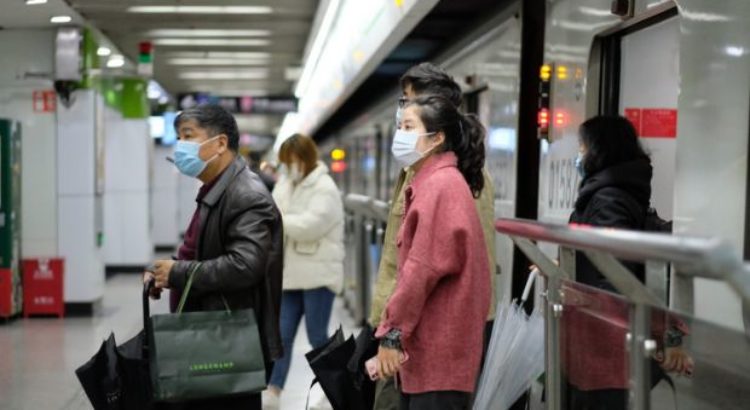Asia/ China/ 04.02.2020/ Source: www.timeshighereducation.com.
Almost two-thirds of Australian universities’ Chinese students are currently abroad, new government data show, in an indication of the scale of the financial hit confronting the sector if the coronavirus crisis persists.
Education minister Dan Tehan released statistics showing that of the almost 190,000 Chinese residents with valid Australian student visas on 1 February – when the government banned foreign nationals entering from China, in a bid to curb the outbreak’s spread – about 157,000 were higher education students.
Of these, 62 per cent were overseas and faced a wait of at least two weeks – and possibly much longer – before being allowed into Australia.
The figures suggest that Australian universities may be about to experience the worst fears of those who have warned against their financial reliance on Chinese students’ fees.
A paper released last year by University of Sydney sociologist Salvatore Babones, who focused his research on seven Australian universities, found that they had derived between 13 per cent and 23 per cent of their income from Chinese students in 2017. Since then, the number of visas granted to Chinese higher education students has increased by about 6 per cent.
Institutional and auditor-general’s reports released since Dr Babones conducted his analysis suggest that the two universities most financially exposed to Chinese students – the University of Sydney and UNSW Sydney – respectively obtained 26 per cent and 27 per cent of their revenue from this source in 2018.
UNSW’s main campus is unusually quiet for this time of year, devoid of the groups of orienting Chinese students that normally circulate in February – a scene replicated at universities across the country.
UNSW vice-chancellor Ian Jacobs last year said that his university had set up a contingency fund to “buy…an extra few months” in the event of a sudden loss of Chinese students, but said he would have to rapidly decrease spending on staff and infrastructure if the crisis lasted longer.
In a 4 February press conference, Mr Tehan said the government and universities had committed to “maximum flexibility” to help Chinese students stranded overseas.
He brushed off questions over whether Chinese students would be entitled to refunds if they could not study in Australia, and whether the government would consider helping universities meet the consequent “shortfall”.
“Let’s wait and see what the impact is of the coronavirus over the next fortnight, the next month, the next quarter, before we start looking at things like that,” he said.
“Let’s deal with getting in place the online learning, the remote learning. Let’s make sure we’re dealing with all those students who are already here in Australia and making sure their welfare is being looked after.”
Some Chinese students have scoffed at online learning as a viable solution, citing internet restrictions at home.
Mr Tehan also declined to estimate the dollar cost of the crisis while acknowledging international education as a “key” export for Australia. “We have to wait and see the extent of the virus…before we can examine this data and get a true understanding.
“What we’ve seen from Sars [severe acute respiratory syndrome] was that the bounce back in the international education sector was quick and immediate. Things have changed since Sars, but that is the information that we can go on historically.”
Source of the notice: https://www.timeshighereducation.com/news/two-thirds-australias-chinese-students-stuck-home







 Users Today : 33
Users Today : 33 Total Users : 35460164
Total Users : 35460164 Views Today : 50
Views Today : 50 Total views : 3418833
Total views : 3418833